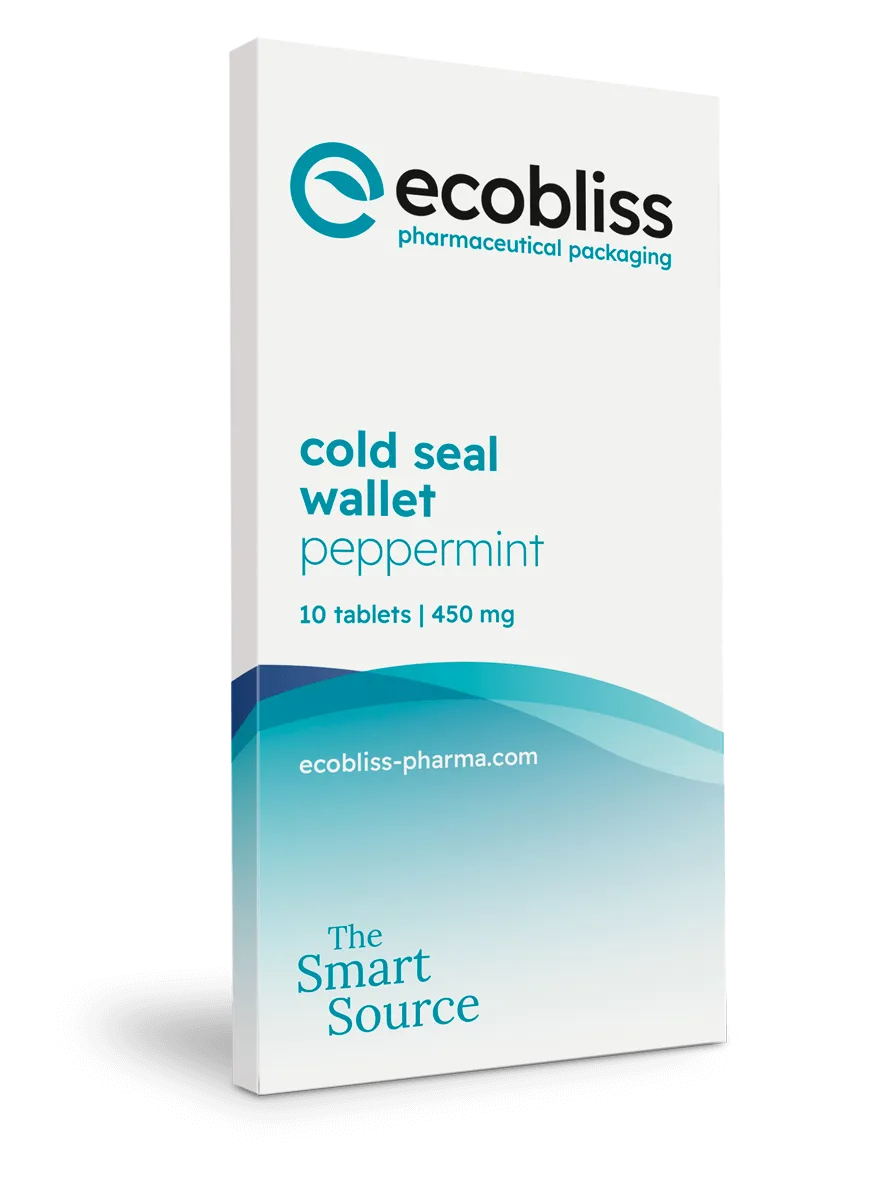The presence of cotton in pill bottles is a sight so common, it often goes unquestioned. This practice, deeply rooted in pharmaceutical packaging history, serves purposes that extend beyond what one might casually assume. In this in-depth exploration, we will uncover why they put cotton in pill bottles and the multifaceted benefits of it; shedding light on why this tradition remains a component in the journey of medications from the pharmacy to the medicine cabinet.
Historical context and purpose of cotton in pill bottles
The tradition of placing cotton in pill bottles dates back to a time before modern advances in pharmaceutical logistics. Cotton is one of the different pharmaceutical packaging materials used in the industry. Including cotton in pill bottles originated in the early 1900s when pharmaceutical companies began using it to prevent tablets from breaking during transportation. The cotton filled the empty space in the bottle, cushioning the pills and minimizing movement that could lead to damage. So, initially, cotton was used to prevent pills from rattling around during transportation, which could cause damage or breakage.
Moisture control
One of the less obvious but critical roles of cotton in pill bottles is its ability to absorb moisture. Pharmaceutical tablets and capsules can be sensitive to humidity, which can compromise their integrity and effectiveness. Cotton acts as a desiccant, maintaining a dry environment within the bottle, thereby protecting the medication from moisture-induced degradation.
Tamper evidence
While not its primary function, the cotton in pill bottles also serves as a tamper-evident barrier. A bottle opened in transit would lose the pristine placement of the cotton, alerting the consumer to possible tampering. This provides an additional layer of security and peace of mind for the end-user.
Cushioning and protection
Despite advances in packaging, the physical protection cotton provides remains relevant. It acts as a buffer, mitigating impacts and reducing the movements of medications during transit. This is crucial for medications that are sensitive to fracture or crumbling, ensuring their structural integrity until they reach the consumer.
Cotton in pill bottles nowadays
As manufacturing and packaging technologies evolved, the reasons for cotton's inclusion in pill bottles have become more nuanced. The use of cotton in pill bottles shifted from a practical necessity to a more symbolic or optional practice. Initially, cotton served to cushion tablets, preventing them from chipping or breaking during transport. This was particularly crucial for older tablets, which were less durable and more prone to damage due to their brittle formulations.
Modern advancements, however, have rendered cotton less essential. Coating technologies, such as film or sugar coatings, make tablets more resistant to physical damage. Additionally, improved packaging methods, including blisterpacks and sealed containers, minimize the movement of pills within their packaging, reducing the risk of breakage.
Despite these advancements, cotton is still occasionally included in pill bottles for several reasons. One is consumer perception: many people associate the presence of cotton with product safety and integrity. Its inclusion can signal that the product is fresh and untouched, reinforcing trust in the brand. In some cases, the cotton also absorbs residual moisture within the bottle, which might help prevent certain medications from degrading in transit or storage.
The benefits of cotton: a recap
· Safety: Acts as a barrier against tampering and contamination.
· Protection: Provides cushioning to protect pills during transport.
· Moisture absorption: Helps to maintain the efficacy of medication by controlling humidity.
· Tamper evidence: Offers a visual indicator if the medication has been tampered with.
The cotton ball in your pill bottle is more than a throwback to an earlier era of pharmaceuticals. It is a thoughtful inclusion that speaks to the ongoing dialogue between tradition and innovation in the packaging industry. As we continue to prioritize the safety, efficacy, and environmental impact of pharmaceutical packaging, the humble cotton ball stands as a testament to the industry's commitment to these values.
It's worth remembering the simple solutions that have served us well, which has been facilitated by the utilization of cutting-edge medical packaging machinery. The cotton in pill bottles is a prime example of such a solution, unassuming yet effective, historical yet relevant.
Request a free sample now!



.avif)





